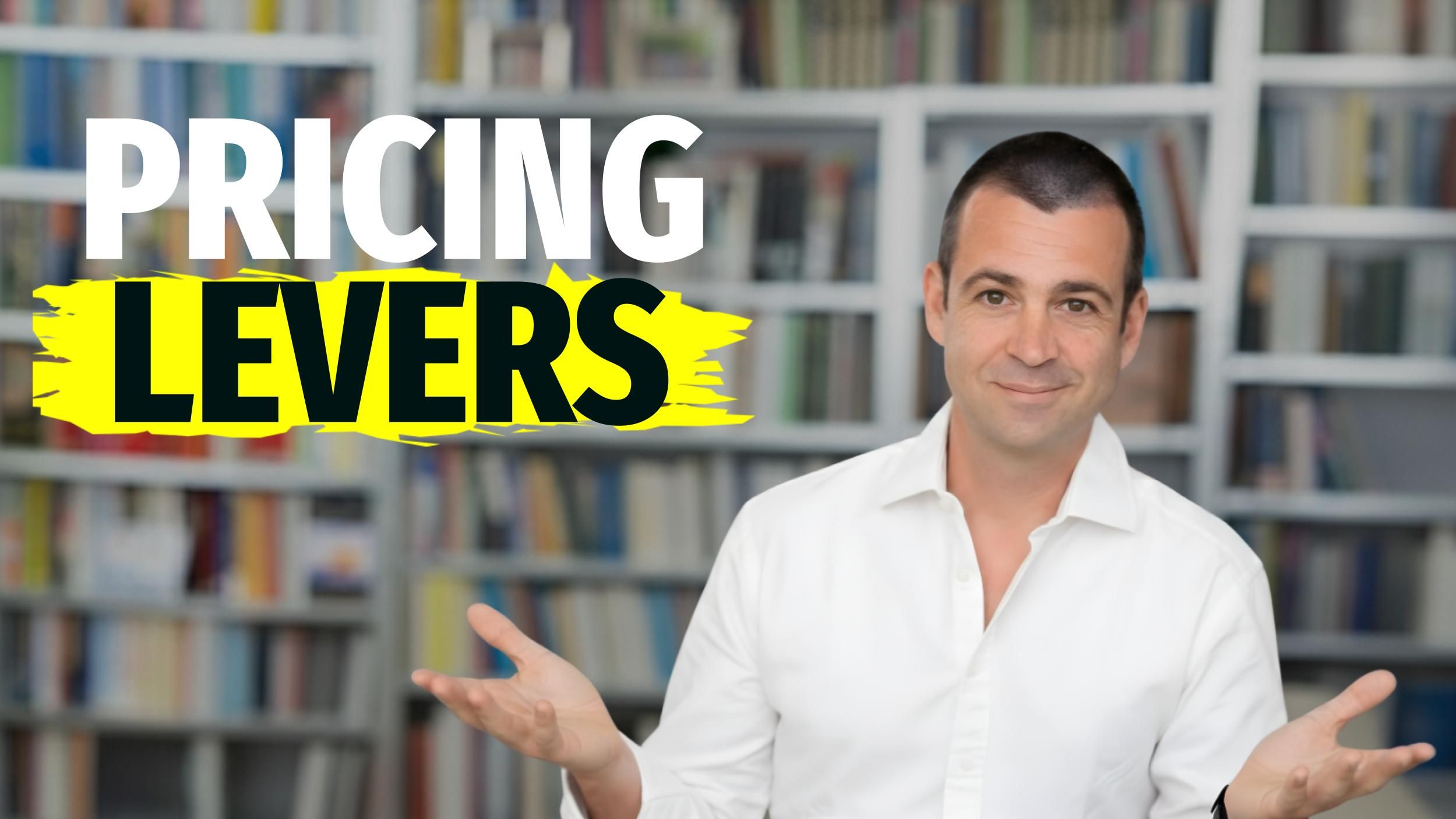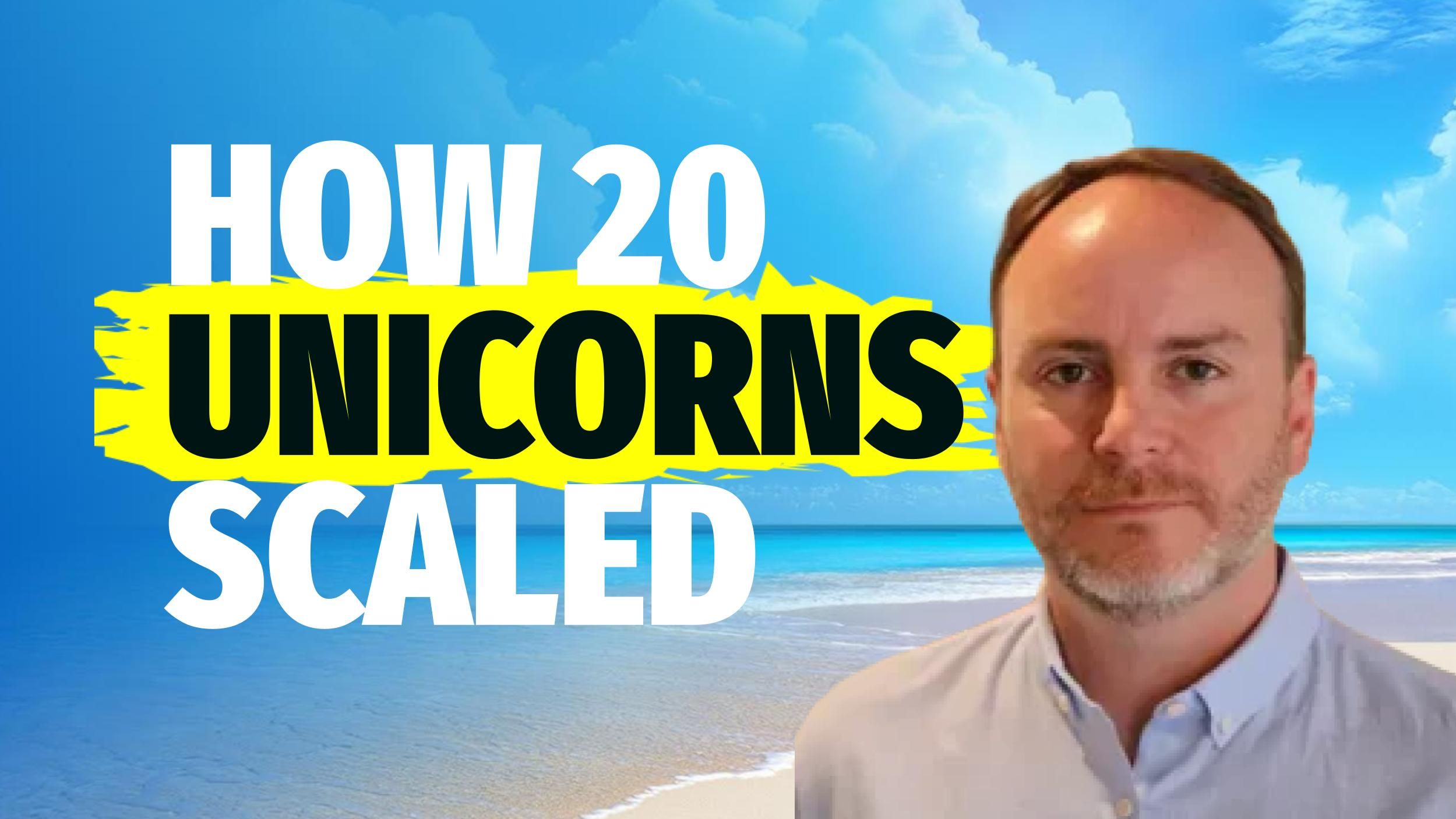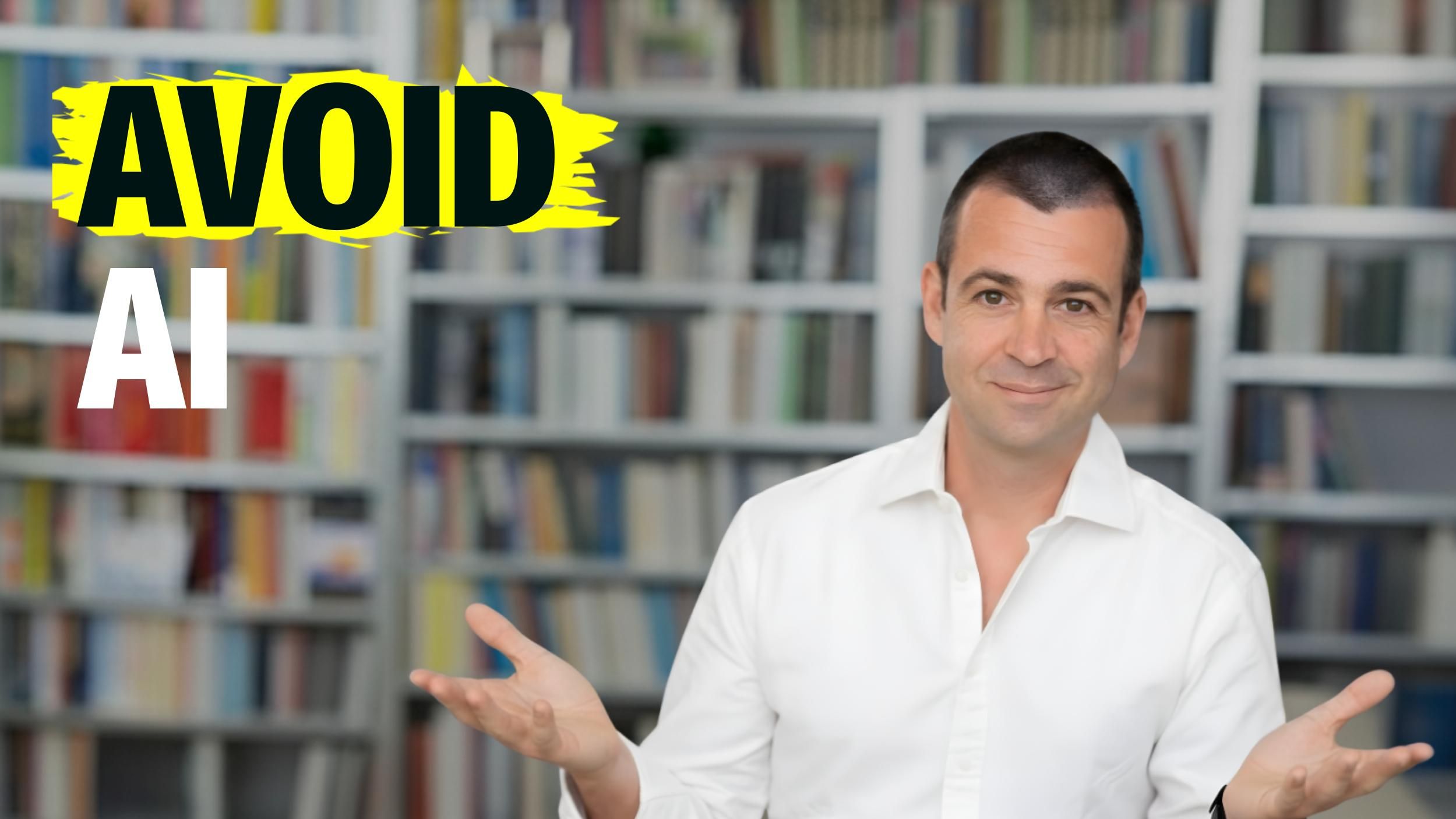
The Ultimate Product Launch Checklist | Strategy Sprints | Episode 205
Feeling troubling to launch your new product or service? In this episode, Simon will introduce you steps to adhere to initiate a perfect launch. With the framework of six elements and eight essential emails, followed by the advanced email sequence, you will be acing your new product/service launch. Listen to Simon’s useful sharing and smoothly settle down your launch.
Three valuable insights:
- When do people really take decisions? It's not trigger purchase. It is exposure, and then a set of triggers.
- Six elements that push the people from evaluating to purchasing: Category Heuristics (specific feature), Power of Now, Social Proof, Scarcity Bias, Authority Bias, and Power of Free.
- Eight step-by-step emails to facilitate your product launch: Why this matters, Giving Direct Value, Benefits for Readers, Readers’ Engagements, Precise Proof, Five objections, Close Action to Make Real Purchase, and Scarcity.
Simon (00:00):
The perfect launch. What is the perfect launch? We are asked this every week and when I say we, these are the sprint coaches, our team is asked dozens of times per week. What is the perfect launch? So, we have put together a checklist for you.
What is the perfect launch? You have a product or a service that you are launching? What is a very good launch? And we have learned something from our client, also especially via Google, who has done an amazing research and has come out with a concept that they call the Messy Middle. So they say, it's not that linear anymore. You know, they have the data and they take data really seriously. And they have made some research. When do people really take decisions? It's not trigger purchase. It is exposure, and then a set of triggers.
Simon (01:02):
Many of them do not work. Some of them do. We will explore exactly six of it that do really work. And then there is an exploration phase which then goes to evaluation, but then you go back exploring, and then you evaluate your go back exploring. And if this trigger kick in six of them are really impactful or the other not. Then the purchase decision happens.
Simon (01:25):
Let's see, what are the six that really work? One is to have a specific feature. They call it category heuristics to have a specific feature that people immediately want. Let's say for the iPad, it would be to have this kind of pen because this pen with this iPad goes so well together, and everybody who has the iPad wants to have this pen.
Simon (02:05):
That will be the category, but then, there is the power of now, can I buy it with one click right now? Or do they make me go around it? If you make me go around it, you lost me. The power of now, can I immediately start? Can I have a jumpstart in this moment? I want it, can I have it? This makes a difference. And it cannot be stated enough how important this is.
The next one is social proof. Do my friends, my peer say via a review, via an official testimonial (video testimonial)? Is this the right thing for them and that they recommend it? And are they similar to me? And do I trust them?
Then the scarcity bias, is it limited? Is it going to be limited? This is where this scarcity still kicks in. Some of you may say, uh, that’s old trick with this scarcity. Yeah. Maybe not urgency, but scarcity works.
Authority bias. Can you bring somebody in the design authority in the field or somebody that increases your authority by being there? Authority bias, this is why it's still a thing to write books even if there are more books than the world needs, but they still create an authority, especially if you have a big publisher behind that, it still increases the authority of the person delivering a service or product.
And then there is the power of free, and in this Google research, it's interesting that if you put a free bonus on top of it, but the bonus needs to be non-related to the main product, which is a thing interesting, then this is one of the six elements that according to the Google research really makes the difference in that moment when the people go from evaluating to purchasing.
Simon (04:11):
So with this six elements in mind, now we have the data for it. We always had an intuition for it because now I'm going, but it's good to have the data there, because we have two things for you: One is the essential thing and one is the advanced thing. Because it can be so scary to create funnels, and most of the people say, wow, this funnel thing, it's so overwhelming. 200 emails going there, and if they do this then this, it's really complicated for many people starting out. So for beginners, we have the essential list. So when you do a launch, what are the eight essentials? And if you're a pro, wait a minute, you will have the advanced in a second. But the eight essentials are, let's say you launch a product, it can be a book, and you want to maximize the sales. These are the eight essential emails. Really. If you do that and they get out every three days, you have the basis.
- The why, why should I care? Why does this matter?
- The direct value is when you immediately give value. For example, you have one chapter of the book or one PDF that helps you do your budgeting or a five-minute video that helps you decrease the costs in a smart way. That's directly giving value. You're giving away something. So it's more than you were comfortable with. You are directly creating value.
- Then the benefit. So where can you bring them? What's the promised land? How does it look like? Where can you bring that? There's something many people miss.
- And then the lift. How do you keep the reader engaged? Because now you are getting to the middle of the thing. Now it's exactly in the middle. You have to keep the energy high. It can be a story of somebody who used this product and they changed their life; It can be an uplifting, um, example of some something else. But this is really where you have to keep the energy up
- Then proof. So it's good also. So this point to have something visual can be a video, can be an image because it's about the energy, uplifting energy. Then the proof now demonstrate that it works. Numbers, facts, details, real people who had real results. Don't say we helped 100 people have better team experience, have better one phase, one person with name and their face, and they are saying our client’s satisfaction increased by 14% using this product (name of the product). So be precise here. It's about facts, the proof, because this is the difference to all the blah blah out there now prove with numbers.
- The objection. It's really key to proactively talk about objections. For example, now you might think, Oh, but this is expensive. Let me tell you if you invest 15K in this product, how you will get 73K out of it. So put the objection proactively on the table because they have it in their mind. Anyway, the time objection, the price objection, the quality objection, the risk objection, here are 15 objections in your field that you always get. Put these 15 objections here. Pick five of them, proactively discuss them, put them on the table before they do it, because then you are smoothing out the pavement for the next email.
- The next email is the close. Now you want to move to action. The action is to be very clear. There is one button. There's one thing they do. And they either get on your phone or on your calendar, or they're directly buy, if it's below 2000 Euro, a low ticket item, then let them directly purchase it; If it's above 2000 Euro, a high ticket item, then you need to get them on your calendar or on the phone of your sales team, you need to work that in-person or in one or two calls. So the action will be jumping on my calendar. Let's talk.
- And then there is this scarcity thing that many people don’t like, and I am one of them, I don't like saying, “Hey, this is your last chance.” But, according to these numbers, and Google is really serious about the numbers, they are all about the data. So according to these numbers, it is really one of the six things that makes for the purchase decision. So let's take it seriously.
Simon (08:50):
These are the eight essentials. Now let's go also to the advanced one. The advanced email sequence is when you do up to 14, 20 emails, and every email works on one of their beliefs. So in their head, they have a belief and this idea, this is what we do with our clients, but this takes a lot of time in creating, so every email goes to one belief. You start by picking them up at their best, or what is their belief right now, for example, their belief is “I am tired.” So pick them up “I’m tired.”
Firstly, I'm tired, but you are not alone. There are three other people who are tired. Second email, I am tired because of this. And then you work from one belief to the next belief, to the next belief, to the next belief, to the next belief. And these are of course the master classes, because the last belief is I think that this product is the perfect thing to solve my current problem number one. And so this is much more detailed, but this is also time intense and needs mastery. So don't do this in your first launch, but if you're an experienced launcher and you want to bring it to the next level, head over to the tool, the belief map, which is this advanced email sequence. This is what it can do for you. It can really boost your revenue. So go out there, pick one of these two for your next launch. Use it as a checklist and keep rolling.
Get our expert sales tips delivered
By submitting you agree to receive our weekly Strategy Sprints Newsletter as well as other promotional emails from Strategy Sprints. You may withdraw your consent at any time via the “Unsubscribe” link in any email or view our privacy policy at ant time.










